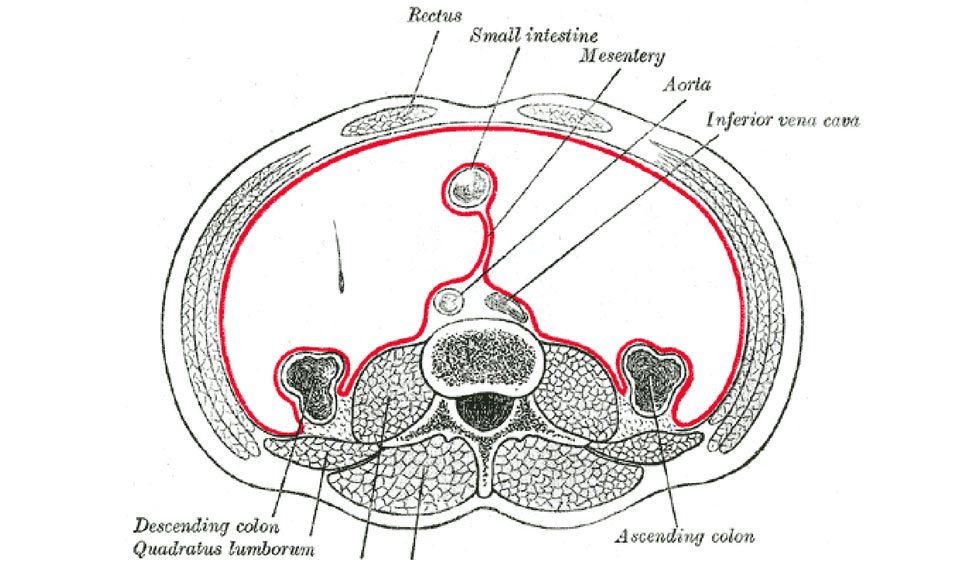If you thought that the science of anatomy and our bodily functions was complete and definite, you're in for a surprise. Scientists have classified a 'new organ' in the digestive system, the mesentery.
It's not that a new organ just sprung up in our bodies. It has been around forever, but we've only classified it as the wrong thing.
Until this discovery, scientists thought of it as separate parts of the 'gut membrane'. But now, through Dr. J. Calvin Coffey and his study, we know that the mesentery is in fact one organ. This is the organ that connects the intestine with the stomach. It is the reason why our intestine even has that long, windy shape, and remains so.
As it turns out, Leonardo da Vinci had, in his drawings of the anatomy, drawn it as one organ in 1508. But in 1885, British surgeon Frederick Treves, published that the mesentery was actually separate pieces in the colon and the intestines. As Cofey explains, “Up to that it was regarded as fragmented, present here, absent elsewhere and a very complex structure. The anatomic description that had been laid down over 100 years of anatomy was incorrect.” After years of research into this, his final study was published in The Lancet Gastroenterology & Hepatology journal.
According to Coffey, a surgeon at University of Limerick, Ireland, the mesentery is a “double fold of connective tissue arising from the peritoneum (the membrane lining the abdominal cavity) that attaches the stomach, small intestine, pancreas, spleen and other organs to the posterior abdominal wall”.
The organ's function is still unknown, except that it keeps intestines in shape. In fact, the researchers were divided on whether the organ should be studied as part of the intestinal system, vascular system or the endocrine system—something that would be clarified once they recognise its exact function.
The scientists also mentioned in the study that the mesentery “may regulate the migration of white blood cells” in the intestines.
But studies are on, in a field that is now known as mesenteric science. Understanding how it works and how it contributes to the digestive process will help scientists analyse diseases, especially those related to the gut, in a new way. Knowledge of what the mesentery does can also lead to innovations in surgical science for reduced complications.
This brings the total count of organs in the human body to 79. While the brain, heart, lungs, liver and kidneys are considered to be vital organs, 74 other organs (including the mesentery) contribute to keeping the body healthy.
The definitive textbook of the human anatomy, Gray's Anatomy, will include the newly classified organ in its latest edition.
ANATOMY
What we know about the newly classified body organ

This browser settings will not support to add bookmarks programmatically. Please press Ctrl+D or change settings to bookmark this page.




